What is Project Based Learning?
In simple words, project-based learning is a type of learning that gives students the opportunity to gain knowledge by demanding them to work for a specific period of time to inspect a complicated problem or question.
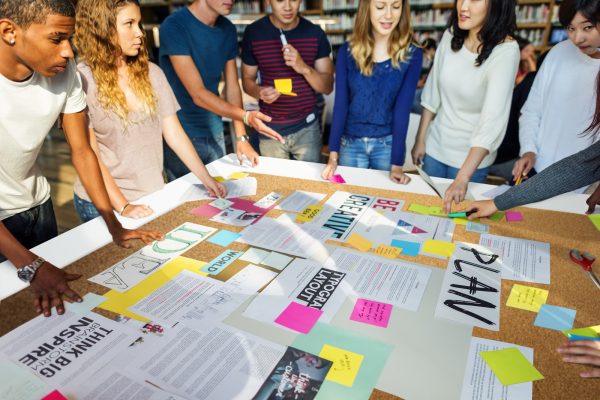
In PBL, students are given the freedom and chance to discover real-world problems and form a deeper and more improved understanding. Starting with the PBL is not easy, there are lots of stakeholders including administrators and colleagues and not to forget parents and, in this hustle, and bustle educators tend to forget the students.
Project-based education requires the following steps to start with. Of course, you don’t get to start PBL straight away. It requires guiding the students properly, coming up with project-based lesson plans. There are the following four steps to get started with project-based learning:
-
Making The Projects Purposeful
Being an educator and wanting to implement project-based teaching is a tough task since it’s difficult to know from where to start. Give students a purpose, explain to them the reason for PBL, before they question that, ‘why are we doing this?’ Now, what is the purpose? The real-world problems are the purpose, learning from them and solving them is the purpose! If you want your students to write a news article, give them a chance to do it for a real newspaper. If you want the students to have knowledge about climate change then ask them to find a solution for a real environmental issue.
In order to make a project more purposeful, you can busy your students in inquiry. To investigate, research, and create solutions will excite them instead of performing simply a task. For instance, you can ask them, ‘how does your school differ from other schools around the globe?’
-
Getting Students Eager To Create
Project-based learning lessons aren’t just for learning, instead, the motive is for the students to create something of their own. Traditional teaching asks students to imagine solutions for the problems or simply write them down but PBL challenges them to actually find a solution that works. In order to make them more enthusiastic to give their best, let the students know that their work would be shared with their parents, managers, and community affiliates.
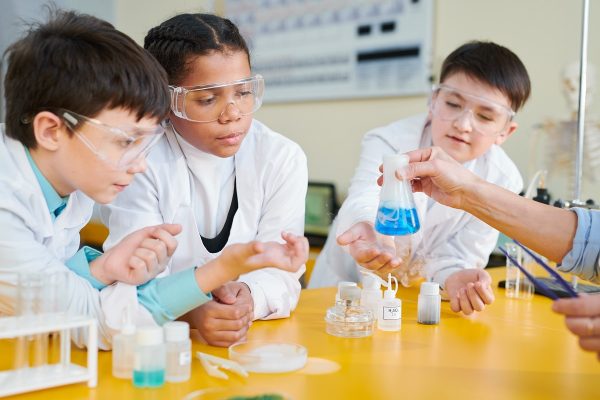
Another way to boost their excitement is to let them choose their project. Ask them about what they want to create, give them a list of project-based learning activities or allow them to come up with the idea of their choice. You can give them options like speaking for the environment or designing a service project or designing their own!
-
Focusing On Knowledge & Skills In Order To Help Students Form Their Own Projects
The point that worries many educators is that the PBL doesn’t cover the abilities and content that students need to know. But, PBL can include the same skills and curriculum as traditional teachings such as collecting information through texts, examining different viewpoints and writings.

You can further help the students in practicing the skills by involving them with reliable resources. As the students are making something original, constructing knowledge is the part of the process and not the end goal and this leads to increased learning.
-
Practicing Recurrent And Multi-directional Consideration
The idea of PBL being difficult to assess is a pure misconception. Assessment and reflection are hundred percent possible and are a key element of PBL. And project-based learning assessment is more similar to traditional learning than you can imagine.
Reflection is a critical element of project-based learning as it helps students to identify problems and find strategies to improve. Mostly the work starts with the student and ends with an educator, we need to break this cycle by inspiring the students to consider what they have learned, where they outshined, and how they can further improve themselves. In addition to this, encourage the students to give productive criticism to their project peers. You will know that you are doing good when the students, instead of asking you, would be approaching their colleagues for feedback.
These four steps will guide you to properly start project-based learning in the classroom or even at home. The first project will teach you a lot if you are brand new to PBL. Similarly, as project-based learning requires students to be alert, the teachers also need to gain knowledge continuously and adapt quickly.
Project-based Learning Examples:
There are various project-based learning ideas that you will find in this article. It is best to go with the flow and teach the kids what is in demand in this era. The study is progressing day by day, improved teaching methods, good results, the introduction of STEAM education, project-based learning, and whatnot! Getting the students ready for the future workforce and a bright future is what our utmost goal should be. There are several project-based learning examples for elementary such as helping others, cleaning the environment, eating healthy, writing letters, recycling, using water, and much more.
The PBL examples for kids/students are as follows:
-
Asking Students To Investigate The Fake News
Do we know that how much of an impact fake news has on communities around the world? Give the kids a task to monitor the characteristics of exaggerated and deceitful media and its possible effects on society. PenPal schools connect the students from various countries through PBL.

In their facts, opinions, and fake news, students are given an opportunity to create a public announcement where they advise others on the ways to differentiate a reliable news story from a scandalous one or ask them to inscribe a fictional story about the world where people trust every story they hear.
This is a way in which students learn and propose the points of fake news for being exaggerating and bending the truth so that the people would think like them.
-
Challenging Students To Study And Examine The Poetry And Then Write Their Own
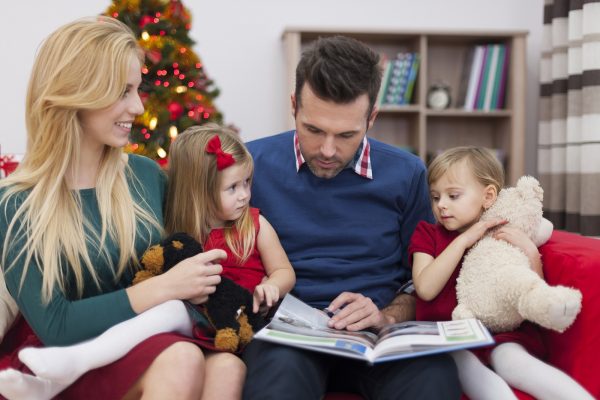
The next PBL super example is related to the world of poetry. Reveal to the students the inner beauty of poetry and how it proves to be vital in learning about other cultures. Children around the world collaborate to read poetry and write their own. In this way, the students get to have feedback from varied perspectives. Give the students an opportunity of poetry reading in the community or to publish their poetry. This would develop the love of literature in kids and would boost their confidence.
-
Asking Students To Share Their Family Histories So That They Learn More About Immigration
A question that students explore a lot is the effect of immigration on their community or other communities of the world! Give the students a task to find out the impact of immigration on their communities and do a comparison between the immigration around the world. Ask students to take an interview of an immigrant or a person who has a job with immigrant societies, do research on popular immigrants who has a positive influence on their community, or ask them to create a poster with the central question being about immigration or try their luck in writing immigration policy.
Let the students ask the following question from the immigrants:
- Reason for immigration.
- Visa process.
- Difference of culture.
-
Stirring Students To Create Their Own Flags
What does a student learn from studying flags? Well, students around the world are learning more about flags to have a better understanding of the countries, values, cultures, and movements they characterize. Give the task to students to understand the essential values and use their learning to either create an original flag or explain the story behind a flag that already exists or make a flag quiz for their peers.
Either student creates their own flag or studies the background story of an existing one, it will develop confidence in them, and their heart will bend more towards the country.
-
Challenging The Students To Solve Environmental Issues
Are we doing our best to guarantee a healthy planet for the coming generation? Ask your students or kids to dive into an environmental project. Students can interview people or groups who campaign for the environment, make a public provision announcement to teach their community about environmental problems, or command a service project that will have a positive effect on the environment.

In this PBL example, dig deep into the issue of coral bleaching. Challenge students to find out the dangers of this bleaching, how it affects the environment, land, and sea life? After understanding the problem, ask the kids to brainstorm the solutions.
-
Taking Your Students On A Field Trip To Another Country Without Even Leaving The Classroom
Everyone wants to take their kids or students to the countries they teach them about. Now, special thanks to virtual reality, the students can experience the colorful countries, be it the Badshahi mosque in Pakistan or the Eiffel tower in France.

Students can look past the headlines of third world countries about terrorism and regional fight especially in Pakistan and see its rich culture and history, by walking the streets of Lahore and exploring the colorful culture. Students can also make postcards to share memorable sites from the trip, plot a route for a made-up tour group visiting the country, or make a virtual reality trip of their community. VR is an exciting addition to PBL and apart from Pakistan, students can visit any country of their choice. Maybe the USA?
-
Challenging The Students/kids To Become Fashion Designer
Clothing reflects your whereabouts, the people you surround yourself with, and what cultures you rejoice in. Students can get a lot of knowledge about different countries and communities by discovering the international trends in fashion and clothing.
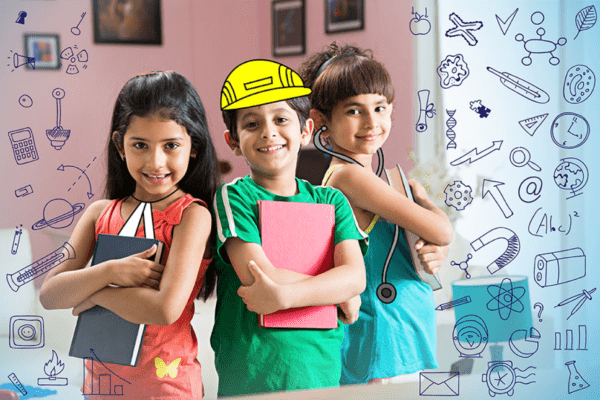
Discuss with the kids the importance of purpose and function in influencing the clothing and how different activities and environments require different outfits. Ask the kids to share their fashion designs that reflect their inimitable style. In this way, the students will feel more comfortable in whatever they wear and would use their imagination to make the dressing sense up-to-date.
-
Inspiring The Students To Become Artists, Supervisors, And Supporters Of Arts
Does art have any effect on political and social action? Let the students discover that how the artists around the globe use their work in inspiring the change. Ask them to study different artists like Frida Kahlo, Da Vinci, Marcel Duchamp, etc., and see how they have an impact on the world. Challenge them to construct a demonstration of works that already exist or discover the local artists around or create their own work of art. By giving such an opportunity, you will see that how a student is an artist in himself.
-
Entrusting The Students To Show Off To The World Their Hometowns
Another interesting PBL example is from a popular topic, ‘exploring the world.’ In this, the students get to share food, art, history, daily life, and the culture of their community with peers around the world. The students can make postcards of the various communities they have learned about, create a quiz to help others gain knowledge, or plan a trip around the globe that includes ten of the countries they have studied during the venture. Let the students give a virtual tour of their hometown and explain the city’s feel and culture and how it has contributed to the welfare of the country.
-
Inspiring The Students To Make Their Own Holiday
Does studying the holidays in different communities teach us anything? Teach the students about religious holidays and secular holidays and help them to use their knowledge to either propose a holiday card, create a holiday, or write a holiday story.
Allow them to exchange their work among their peers and enjoy constructive criticism and a reliable audience. Challenge the students to take individual decisions and create a product that is own by them authentically. Allowing to work on a meaningful project with a real audience gives the students deep knowledge of the content, develop critical thinking and communication skills, as well as creativity.

